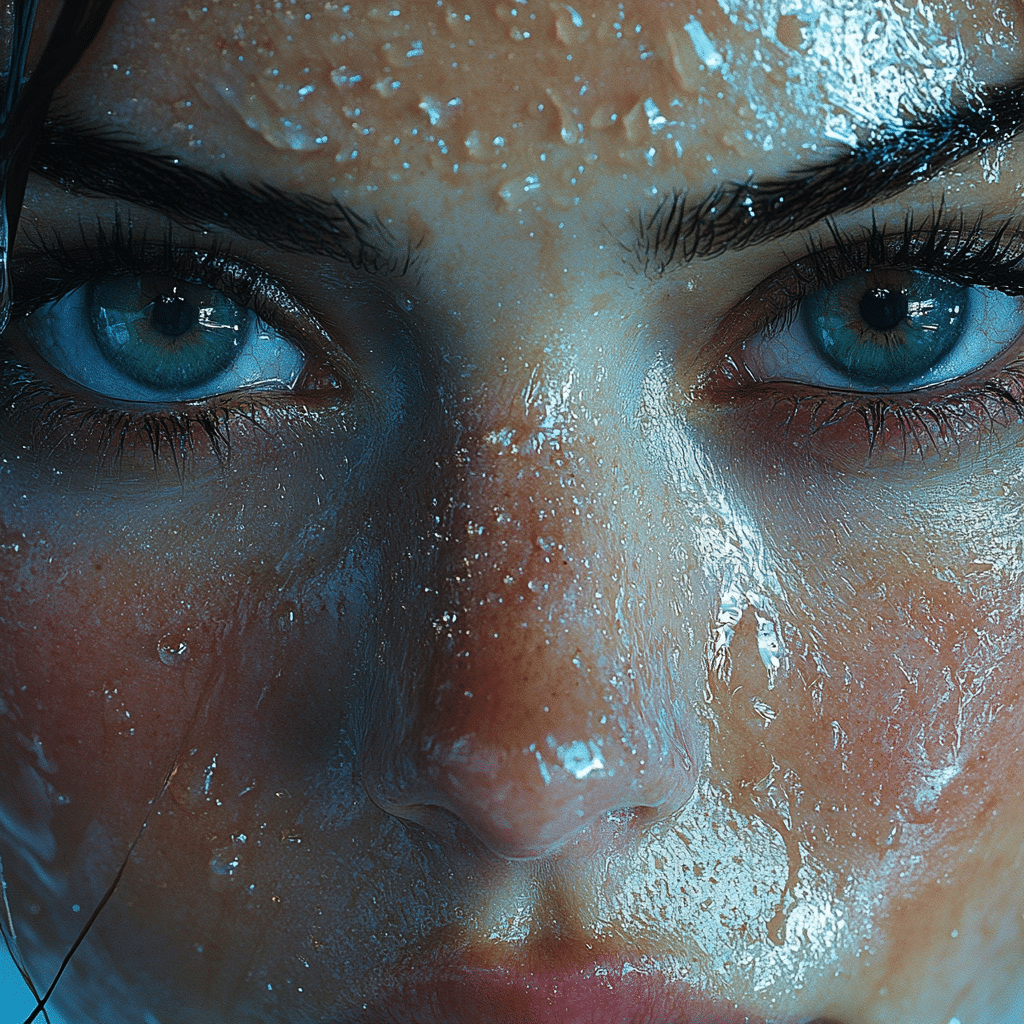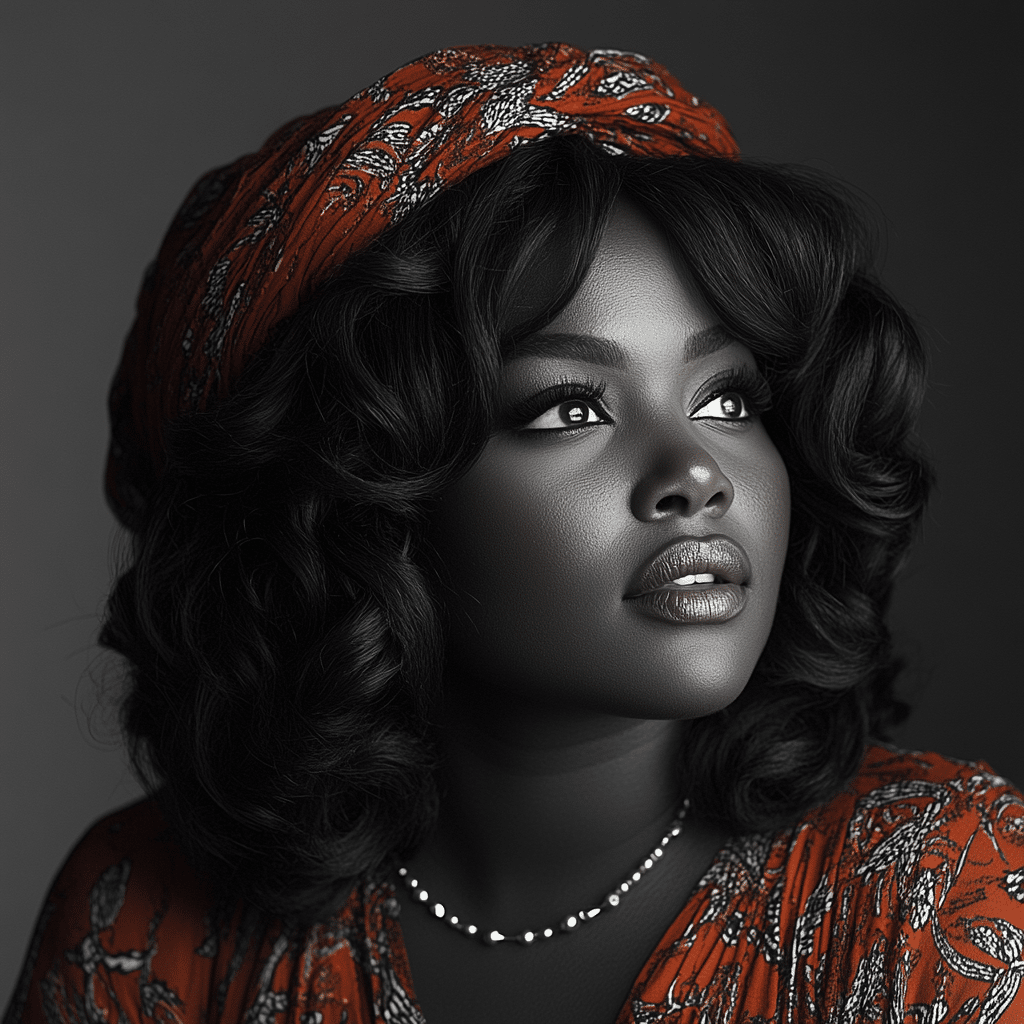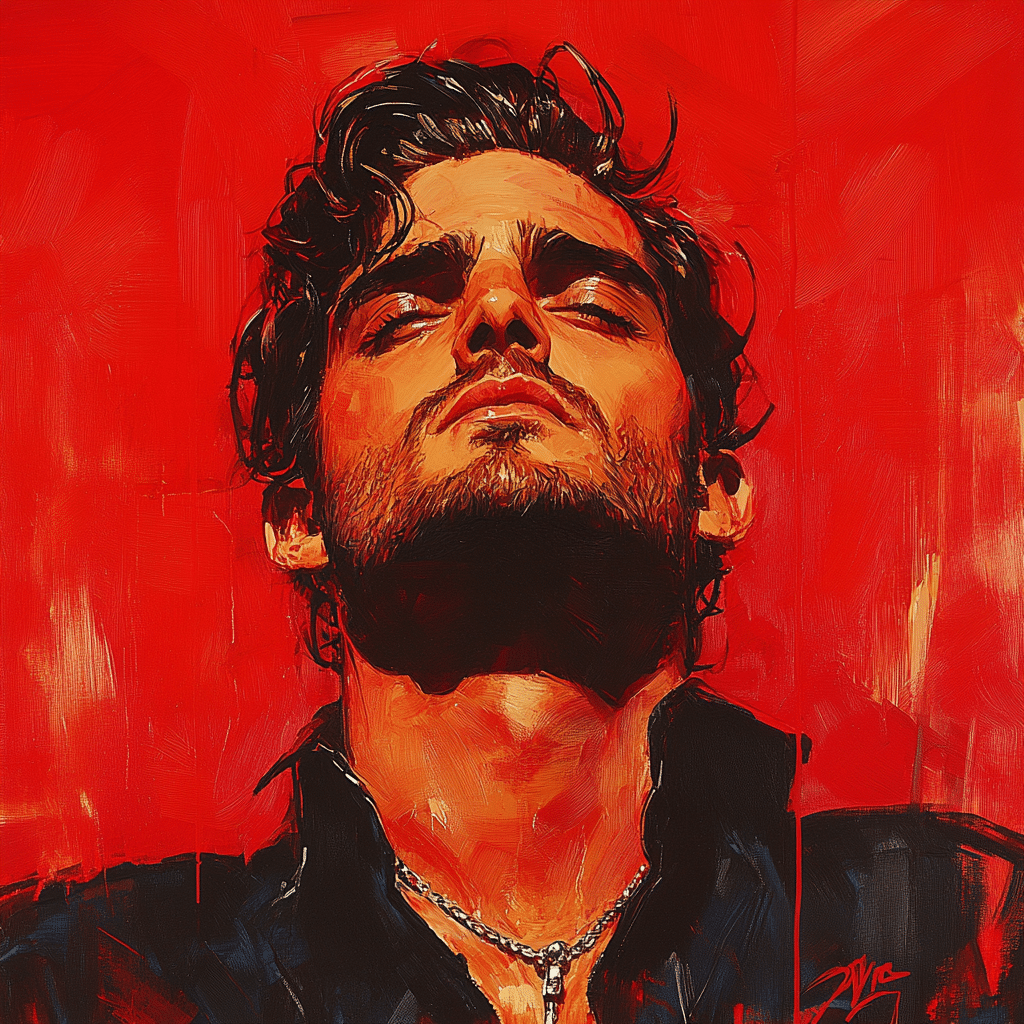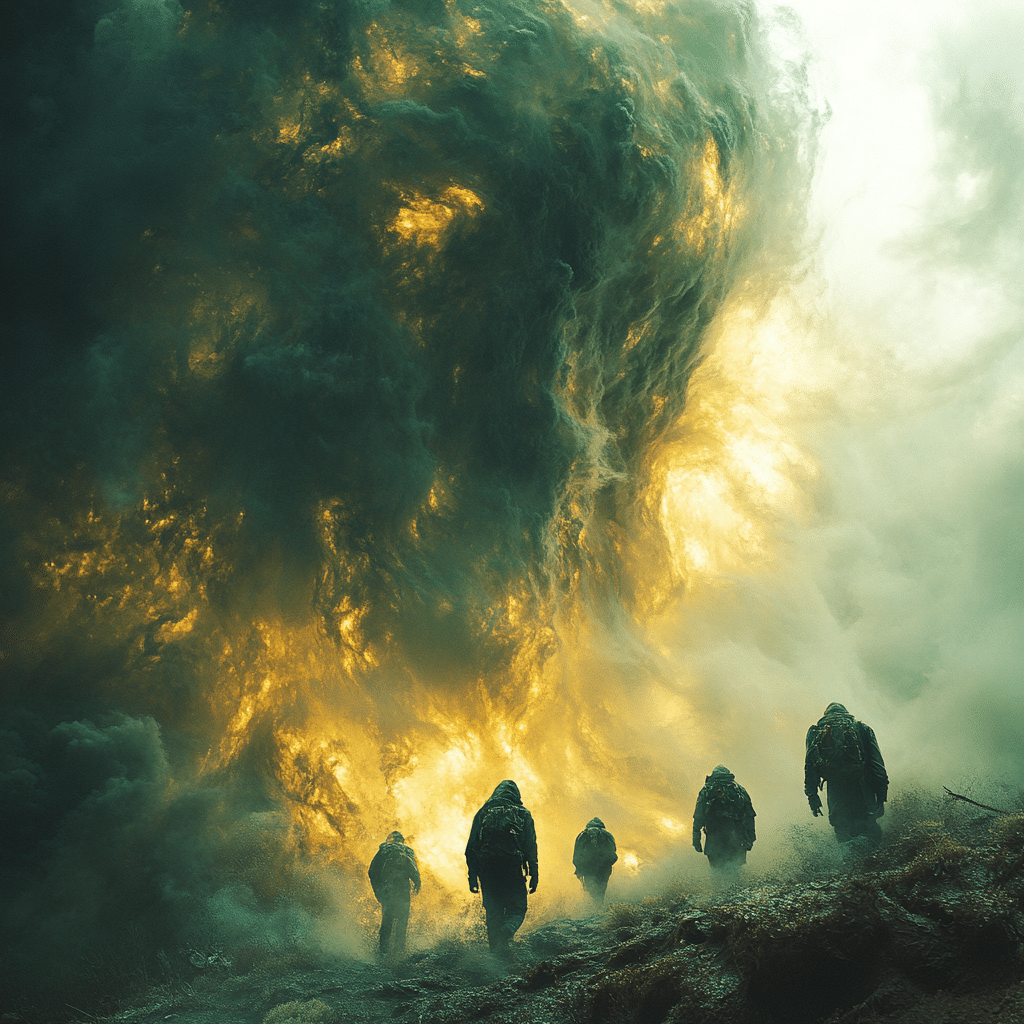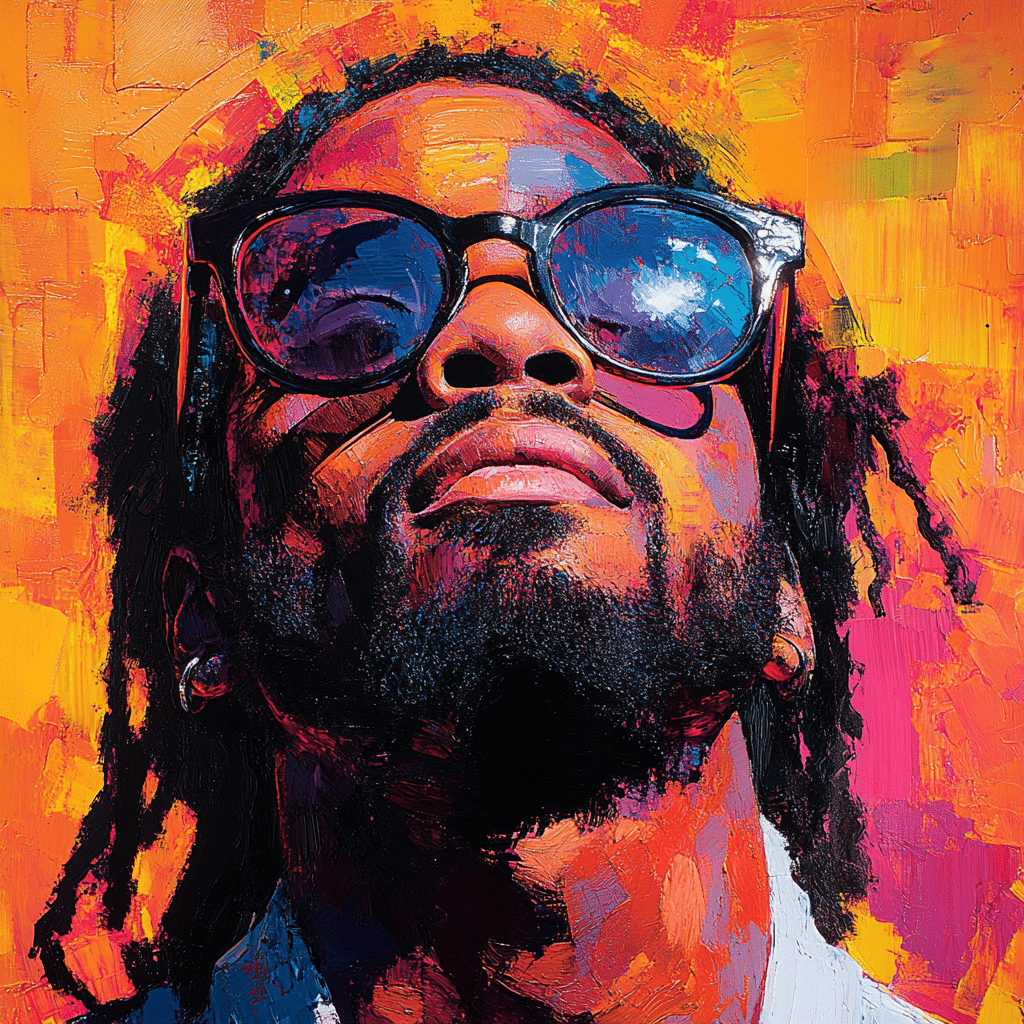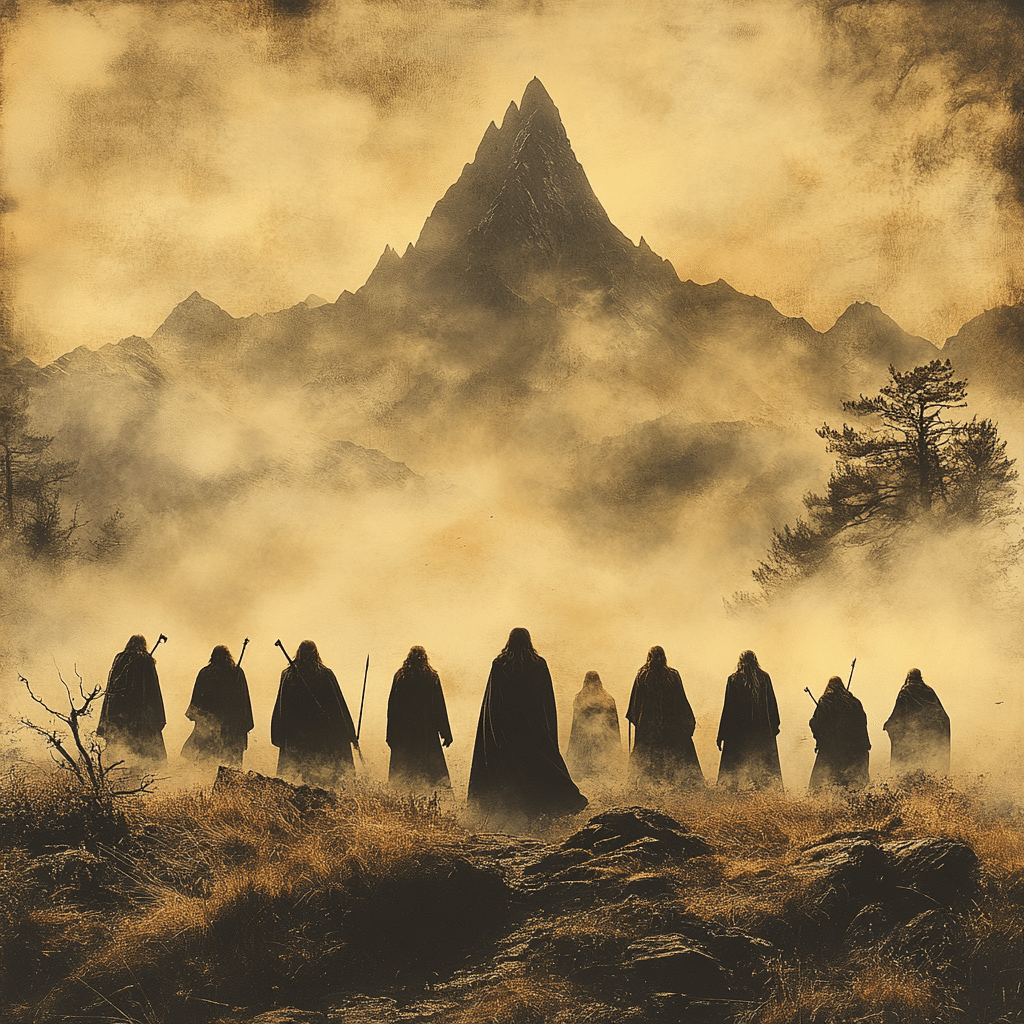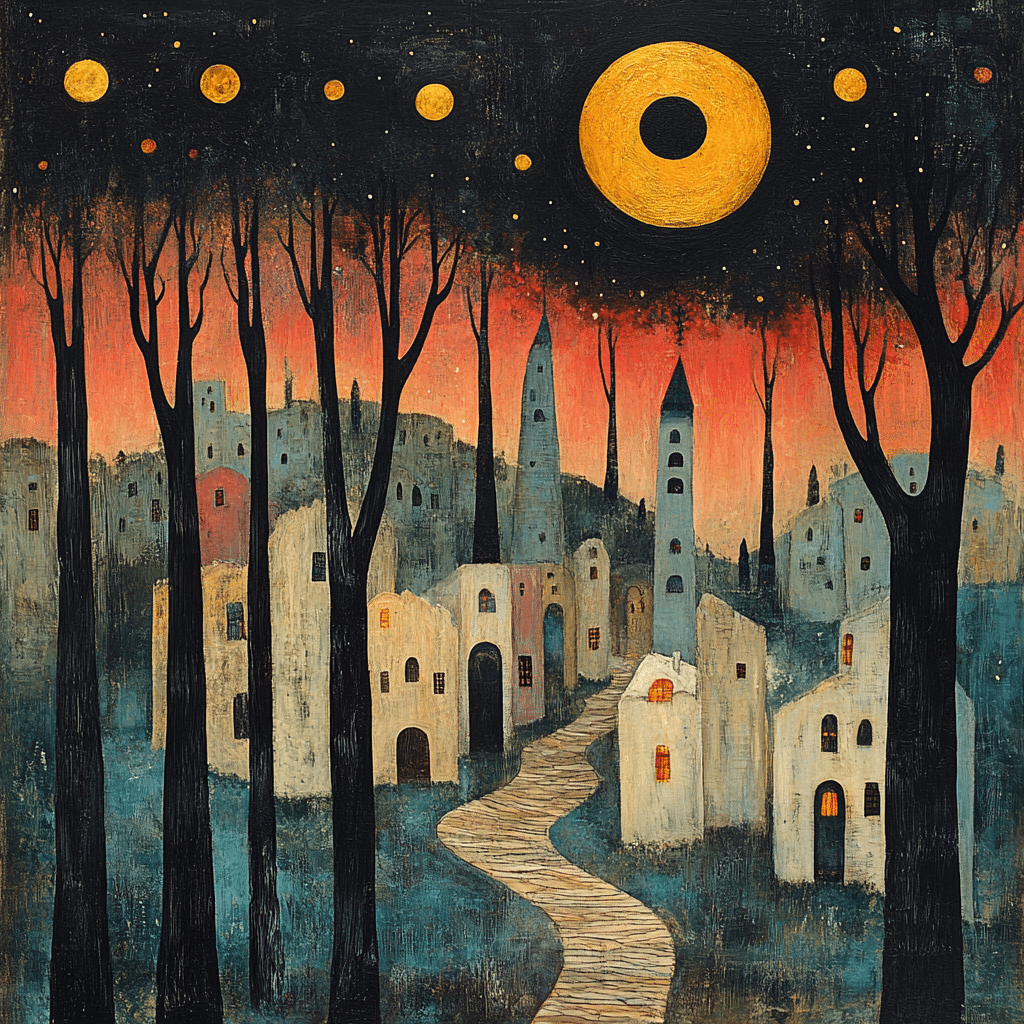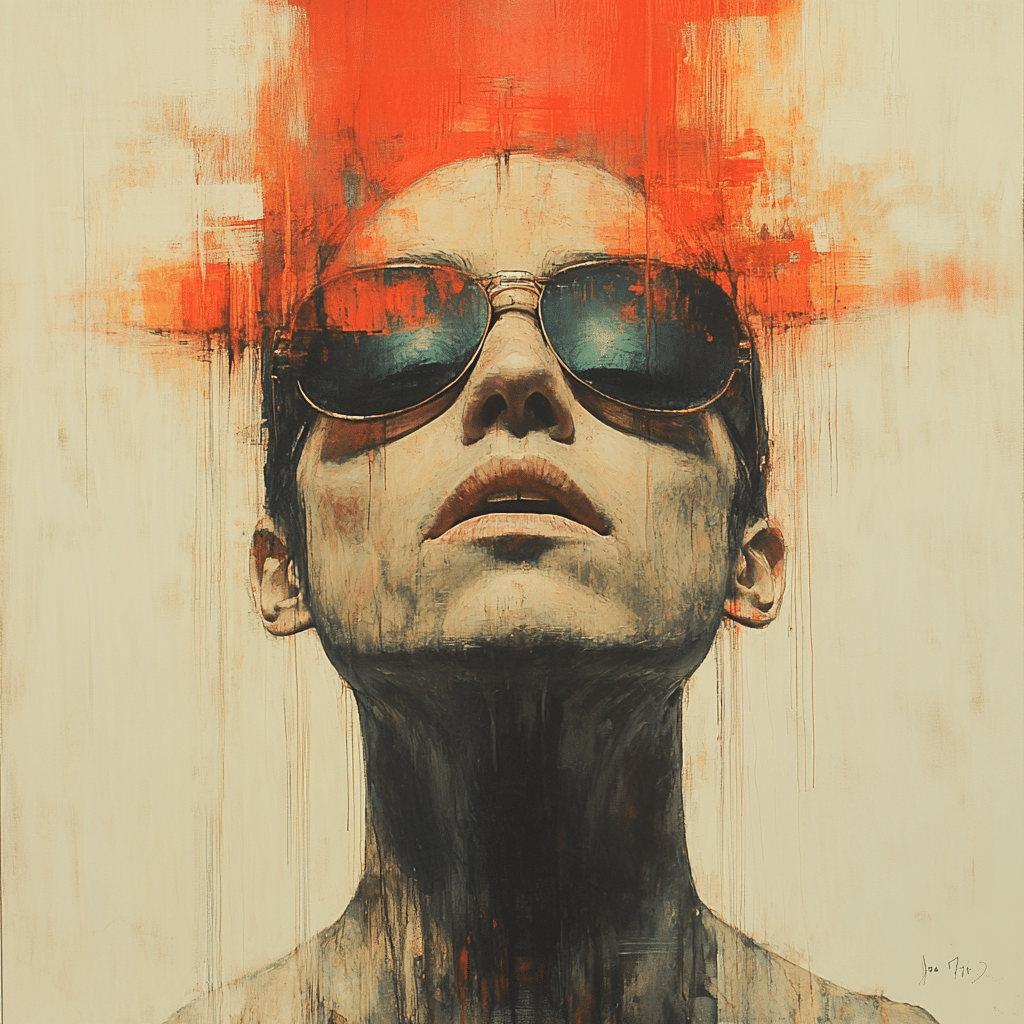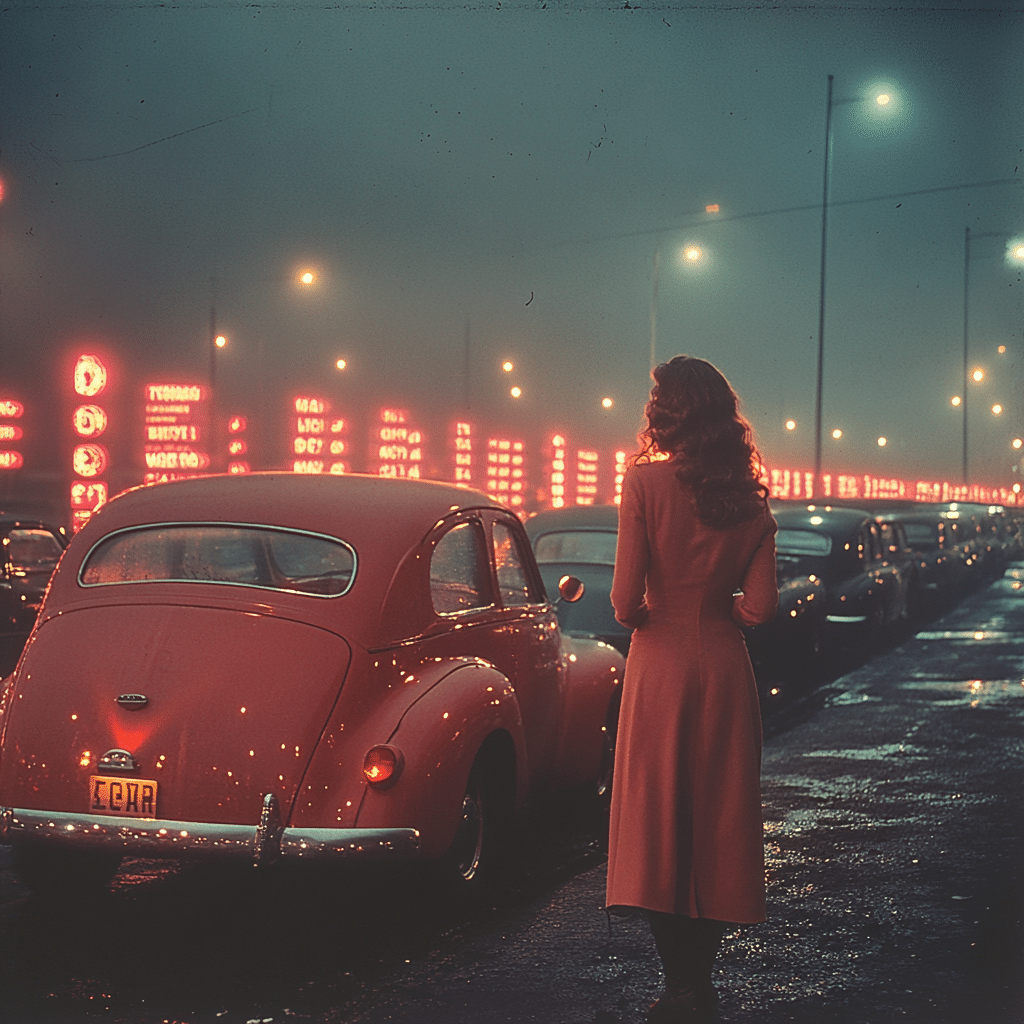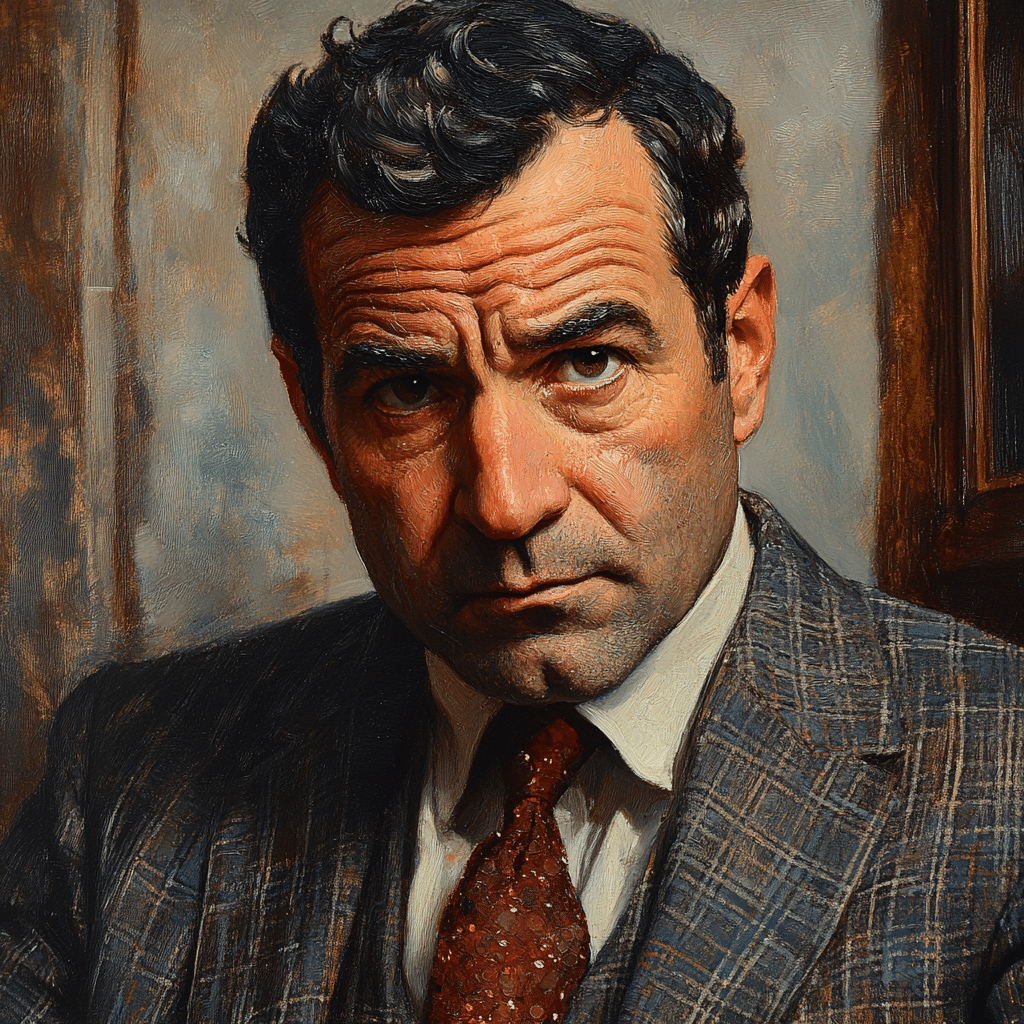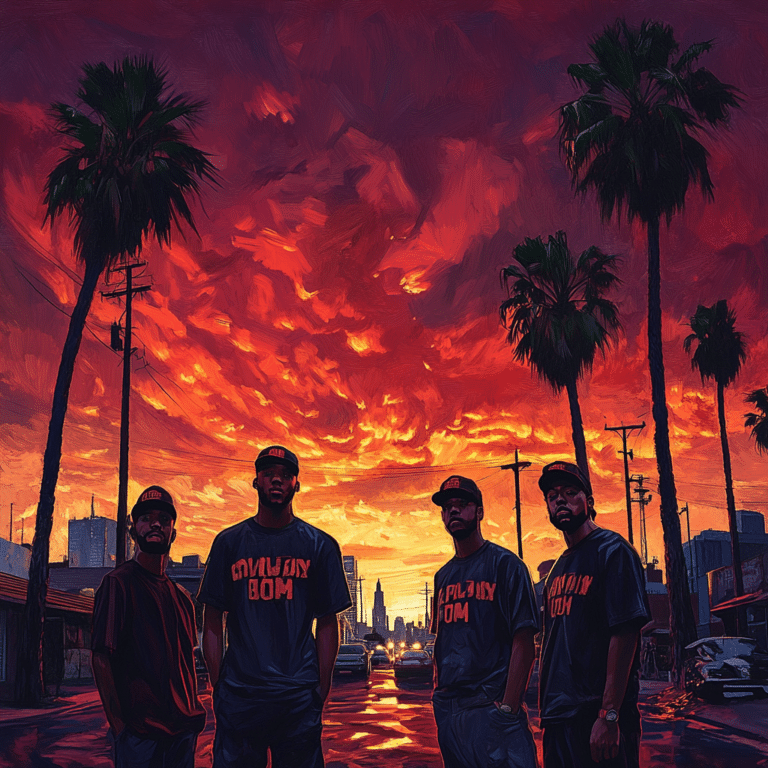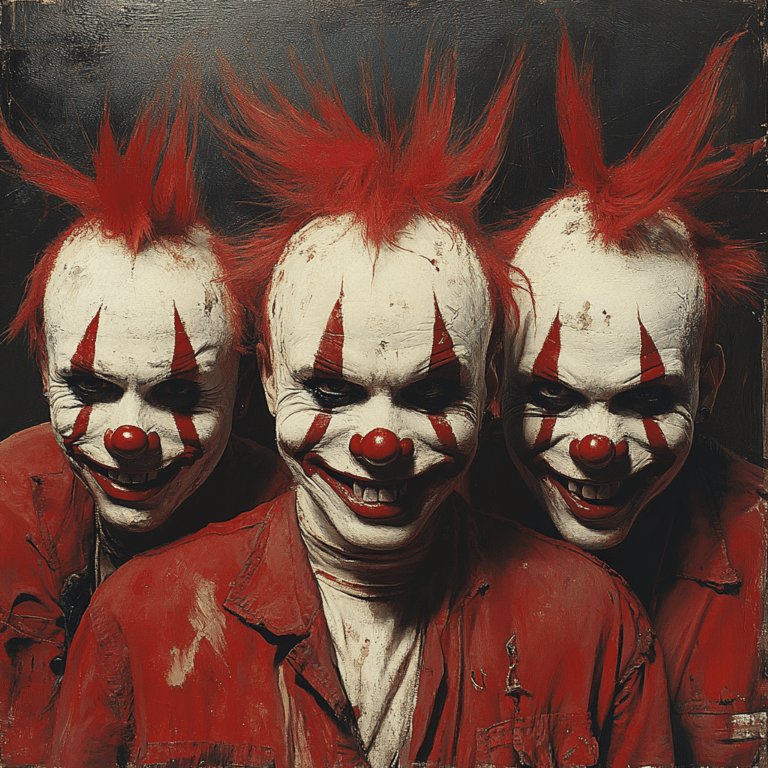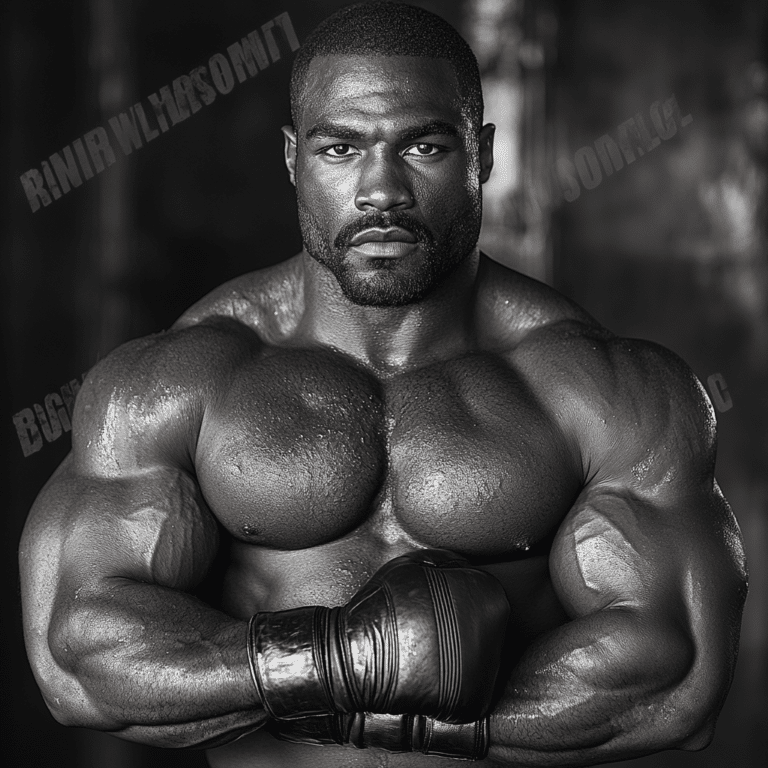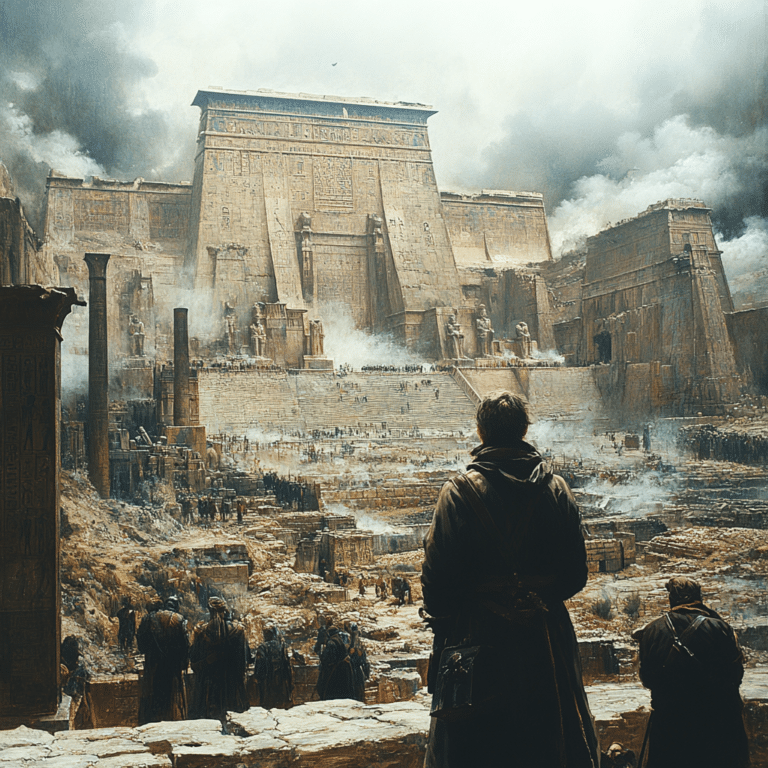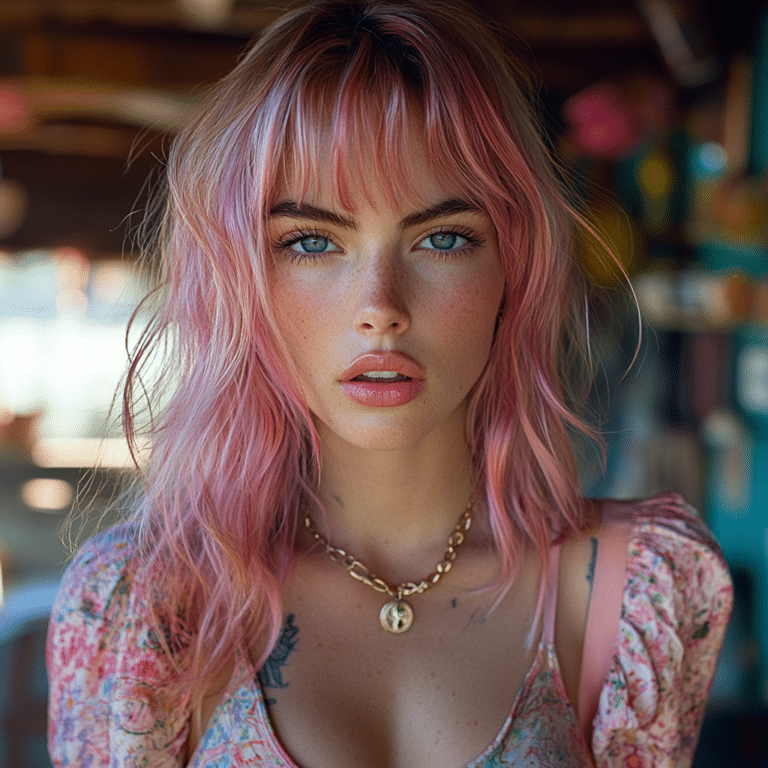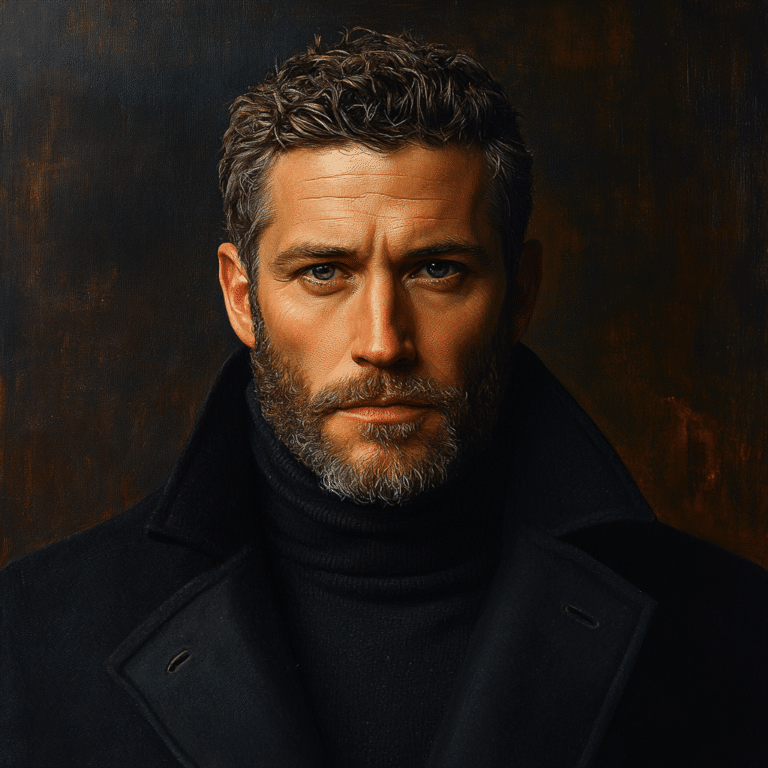“Dream Scenario,” directed by Kristoffer Borgli, is a captivating exploration of empathy wrapped in surreal humor and unsettling narratives. Starring the legendary Nicolas Cage, who brings a quirky depth to his role, the film takes viewers to a world where an average college professor finds himself bizarrely popping up in other people’s dreams. As whimsical as it sounds, this premise raises essential questions about identity, celebrity culture, and our fragile connection to true empathy in a digitized society. Through Cage’s journey—from obscurity to bizarre daytime celebrity and ultimately to a nightmare figure in others’ subconscious—viewers are invited into a philosophical inquiry about how society relates to one another.
Have you ever considered how easy it is to bandwagon on someone’s plight online, especially when they become a trending topic? “Dream Scenario” humorously yet disturbingly reflects this side of us. The film pushes its audience to reflect on the blurred lines between admiration and invasive curiosity, asking us to dig deeper into our own perceptions and interactions as they grow more digitally obsessed. It holds up a mirror to societal tendencies, highlighting moments where empathy lacks genuine roots.
By framing empathy in the most peculiar ways, “Dream Scenario” can teach us about our limitations in caring for others. In this chaotic tapestry of dreams, messy realities, and complex feelings, Borgli creates a thought-provoking commentary on empathizing with others while questioning the very essence of our emotional response to their struggles. You’ll have to watch it to catch all these layers, and who knows—you might find a bit of yourself in Cage’s character, or maybe even some of the dreamers.
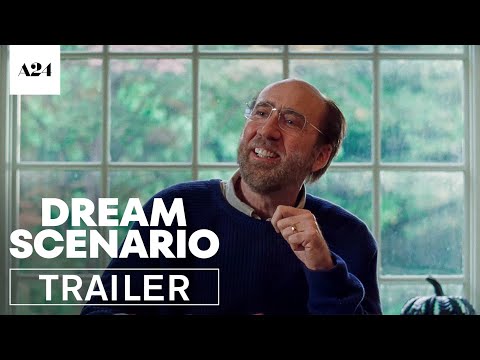
Top 5 Disturbing Ways ‘Dream Scenario’ Portrays Empathy
In “Dream Scenario,” empathy isn’t just a warm feeling but takes on a twisted form through moments of discomfort and moral quandaries. Here are five significant ways the film tackles this intricate aspect of human connection:
1. The Burden of Celebrity
Nicolas Cage’s character doesn’t want to be famous, but suddenly, he’s the guy everyone dreams about. This portrayal makes us ponder what being a public figure means in today’s world. It showcases the unsettling realization that society can treat individuals like mere entertainment, often desensitizing them to their struggles. Remember Kim Kardashian? For better or worse, her life feels like a live reality show that prompts viewers to lose sight of the person behind the fame. The film illustrates that the burden of celebrity can be exhausting, impacting real human connections.
2. Nightmare Projections
As viewers delve deeper into the film, they see how dreamers project their innermost fears onto Cage’s character. This concept resonates well with us, especially in the age of social media, where our insecurities can spiral into something larger than life. Take cancel culture, for example—individuals become the blame for society’s frustrations, often without knowing why. The film jolts us back, provoking thoughts on how we may inadvertently do the same when hiding behind screens.
3. Collective vs. Individual Experience
There’s something beautiful yet chaotic when people rally together over shared experiences, echoed brightly in “Dream Scenario.” When the dreamers collectively react to Cage’s unintended fame, it reminds us of the wild rollercoaster of emotions during events that unite us, like the COVID-19 pandemic. Social media offerings of shared grief and hope showcased this curious blend of collective emotions, where everybody seemed to feel something almost simultaneously. The film empowers us to question how those shared feelings sometimes come at the cost of individual empathy.
4. Empathy’s Dark Side
Cage’s journey morphs him from a beloved wonder to a fearful nightmarish figure for some dreamers. This evolution exposes the dual nature of empathy—what starts as kindness can sometimes lead to resentment. Remember that Pepsi ad with Kendall Jenner that caused a backlash for its tone-deaf portrayal of social justice? Good intentions went south, enlightening audiences about the potential pitfalls when people step in without truly understanding the circumstances. “Dream Scenario” cleverly shines a light on this reality, inviting us to consider our own motivations behind empathy.
5. Moral Ambiguities in Connection
As we follow Cage’s surreal expedition, the film raises questions on the ethical implications of empathy itself. His experience becomes a vessel for deeper conversations around empathy fatigue prevalent among social workers and mental health activists. It’s draining to keep putting yourself out there for others, ultimately leading to emotional burnout. Much like Cage’s character grapples with, society must examine how and where we draw the line in our emotional investments.

Cinematic Techniques That Amplify Subtext
Borgli doesn’t just tell a story; he immerses viewers in a visual and auditory experience that deepens the film’s themes. With muted color palettes, Borgli enhances emotional weight, creating a sharp contrast with vibrant dream sequences that burst with life. This juxtaposition effectively communicates the clashing realities of hope and despair, illuminating Cage’s journey through laughable chaos.
The film’s sound design grips audiences, amplifying discomfort, particularly during dream sequences. The jarring transitions between dream states and harsh reality force viewers to engage with complex emotional responses. Add in an unsettling score, and you’ve got yourself a powerful cinematic tool that leaves you reflecting even after the credits roll.
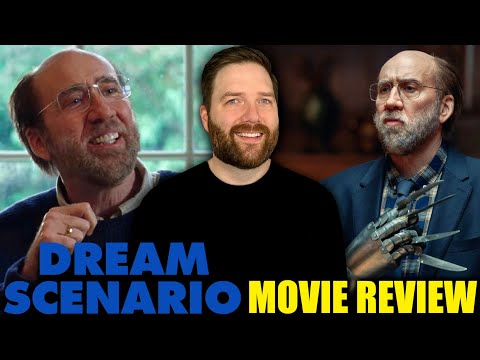
Cultural Relevance and Commentary
“Dream Scenario” serves not only to entertain, but it stands as a cultural commentary on the diminishing quality of our emotional connections today. As social media cements its hold over our interpersonal relationships, this film invites you to ponder the authenticity of empathy in a digitally obsessed state. The relentless echo chambers cultivated online illustrate how performative interactions often replace genuine emotional engagement.
The film’s portrayal of an individual becoming a notorious figure for people’s whims compels viewers to scrutinize their own social habits. It urges us to differentiate between truly empathizing with others and simply enjoying a trending topic. As viewers exit the theater, there’s a profound reminder echoing in their minds: we need meaningful connections—not just surface-level interactions—for a truly empathetic society.

Embracing the Complexity of Human Connections
“Dream Scenario” ultimately enriches the cinematic landscape, nudging us to confront the intricacies of human connection. As it explores the blurry lines between dreams and reality, the film becomes a thought-provoking reminder to embrace empathy in its purest, albeit often uncomfortable forms.
Cage’s journey punctuates the idea that true empathy doesn’t shy away from confronting darker truths. Instead, it sparks ongoing reflections about our roles in the multifaceted fabric of human experiences. So, next time you sit down and lose yourself in a movie, consider how your own dream scenario translates into day-to-day interactions—a poignant reflection of the society we currently inhabit. Let’s strive for a world where we can connect in genuine ways, appreciating the depth of what it means to be empathetic, warts and all.
In case you’re curious about related content, feel free to check out our articles on federal addiction Programs, the fascinating Baltimore Comic con, or even explore some sea life Orlando aquarium Photos. After all, we’re all in this empathy game together, right?
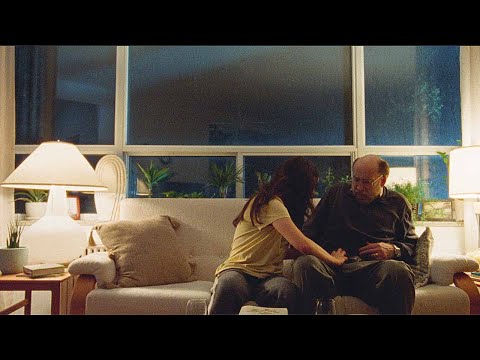
Dream Scenario: Fun Trivia and Interesting Facts
Unpacking the Dream Scenario
Ever wondered what goes into crafting a bizarre yet compelling film like Dream Scenario? The movie showcases a gripping narrative where a man finds himself appearing in strangers’ dreams. This intriguing concept is brought to life by director Barry Sonnenfeld, who’s known for his knack for blending humor with dark themes, just like he did in iconic films such as The Addams Family and Men in Black. Fans curious about his directorial style can dive deeper into his career here.(
The film doesn’t shy away from tackling heavy themes, making it both a wild ride and a reflective experience. Did you know that the writer-director team drew inspiration from open house scenarios? These unique setups often allow people to walk through someone else’s space, evoking feelings of both curiosity and discomfort—just like the movie’s premise. The way we perceive dreams as reflections of our desires and fears adds a fresh twist to this exploration of empathy and identity. And speaking of insights, if you’re on the lookout for information on personal finance, navigating the world of mortgage rates near me can help demystify some of life’s more mundane challenges.
Eye-Catching Details
Now for something a little quirky: Dream Scenario was filmed on a tight budget but managed to score major star power, with actors who bring a wealth of experience to the table. This blend of talent creates an environment that sparks creativity, often leading to unexpected moments that’ll keep audiences engaged. Among those experiences is the importance of practical effects over CGI, a detail that harkens back to the artistry of classic films, inviting viewers to think about how technical choices impact storytelling. Essentially, these decisions create a magic-like spectacle you won’t want to miss! By the way, if you’re gearing up for some outdoor adventures, Oboz shoes can really give your feet the support they need! Check out these effective options here.
The Sync Between Dreams and Technology
In exploring the dream scenario, we also encounter the fascinating intersection between dreams and technology. With audiences now accustomed to tactile experiences thanks to the rise of virtual reality, the film taps into this, offering a commentary on how tech influences our interpretations of reality. Just like the connection between a keyboard And mouse that helps us navigate our digital lives, our perceptions within the dream world become a key thread in Dream Scenario‘s narrative fabric. It’s a wild concept that leaves you pondering long after the credits roll, showcasing how intertwined our dreams and reality really are.
So, if you’re in the mood for a film that not only entertains but also stirs some philosophical reflection, be sure to check out Dream Scenario! It’s a captivating journey that challenges our understanding of empathy, dreams, and everything in between.

What is Dream Scenario meaning?
Dream Scenario explores themes of empathy and compassion, showing how people often understand the struggles of others only after experiencing similar situations themselves.
Is a Dream Scenario disturbing?
While Dream Scenario has elements of dark comedy, it features unsettling sequences that can be disturbing, including nightmare scenes with violence and threats.
Is Dream Scenario a good film?
Critics have mixed feelings about Dream Scenario, noting it offers an intriguing mix of ideas, but some feel it doesn’t fully deliver on its concepts. Nicolas Cage’s performance adds a unique twist to the experience.
Is Dream Scenario on Netflix?
As of now, Dream Scenario isn’t available on Netflix, but fans can check out other dark fantasy films, like Doctor Strange, for a similar vibe.
Is the Dream Scenario real?
The concept of a dream scenario is fictional; it represents imaginative situations created for storytelling, not something that exists in reality.
What was the point in the Dream Scenario?
The point of Dream Scenario seems to be to highlight societal perceptions and the struggles of feeling marginalized, urging viewers to consider the impact of one’s actions on others.
What the heck is a Dream Scenario about?
Dream Scenario is about an average college professor who inexplicably starts appearing in people’s dreams, leading to a surreal exploration of their reactions and consequences of dream-sharing.
Is a Dream Scenario suitable for kids?
Due to its mature themes and unsettling content, Dream Scenario isn’t considered suitable for kids, as it contains violence and intense sequences.
Is Dream Scenario about cancel culture?
The film touches on the idea of cancel culture, showcasing how society can quickly judge and ostracize individuals based on perceptions of their actions.
What is the moral of the movie Dream Scenario?
The moral of Dream Scenario centers around understanding the importance of empathy and how we can be quick to judge others without considering their circumstances.
Is Adam Sandler in the Dream Scenario?
Adam Sandler is not in Dream Scenario; the lead role goes to Nicolas Cage, who delivers a notable performance throughout the film.
Is the Dream Scenario gory?
Dream Scenario contains some gory moments, including violent dream sequences that may not be suitable for all viewers, adding to its surreal and unsettling tone.
Where did they shoot the Dream Scenario?
The film was shot in various locations, but specific details about the shooting locations haven’t been widely shared.
Is Dream Scenario a prequel?
Dream Scenario is not a prequel; it’s an original story that stands on its own, exploring themes of dreaming and societal critique.
Is Dream Scenario a comedy?
Yes, Dream Scenario is categorized as a comedy, but with a dark and satirical twist that distinguishes it from traditional comedic films.

